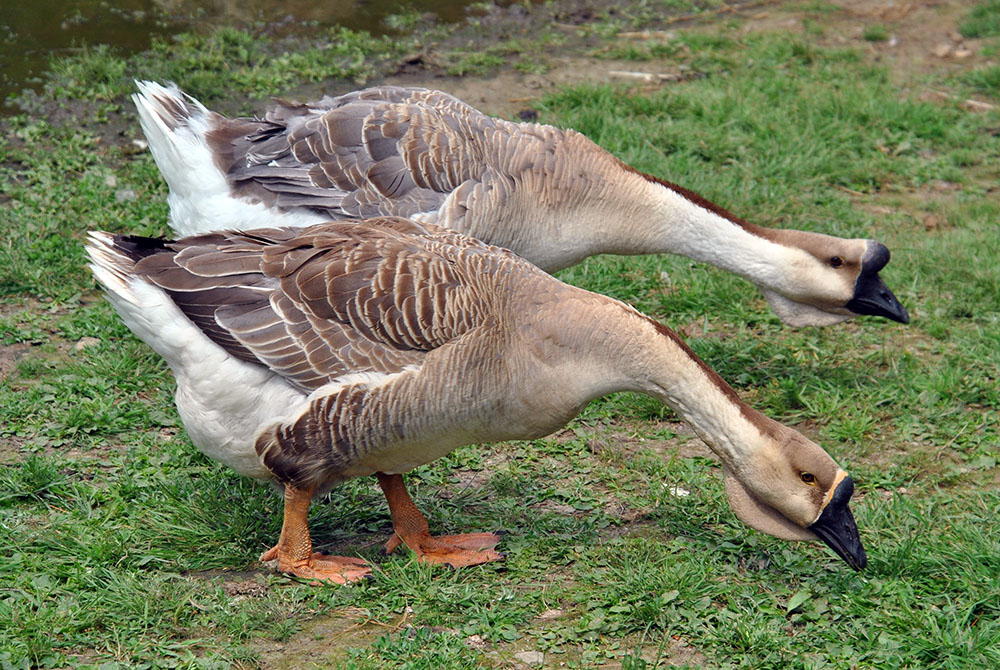A look inside hobby farm life

If you love farming but are not looking to make it your livelihood, hobby farm life might be for you. Unlike commercial farms, hobby farms are for pleasure instead of profit. Hobby farmers need to have an income from another job in order to support their lifestyle.
“There is no way a hobby farmer is going to have an income stream from hobby farming,” laughed Fawn “Tarma” Richardson, a self-described hobby farmer in Greenfield, Maine. “Maybe an income trickle or a seasonal swamp.”
Though some people dream of starting their own hobby farm, the journey to get there — and the daily grind of the hobby farm life — involves more commitment than your average pastime. Still, hobby farming can be deeply fulfilling, as Richardson has experienced on her own personal journey.
One woman’s path to hobby farm life
Richardson moved to Greenfield around 2015, after her husband died unexpectedly of a heart attack the year before. They lived in Arizona at the time — her husband worked as a mule guide at the Grand Canyon — but years before that, they lived in southern Maine, where Richardson held a six-figure corporate job that required constant travel.
“I was stressed all the time,” Richardson said. “I ate Rolaids like they were popcorn. I had a husband, a dog and a horse, and I never saw any of it.”
Richardson and her husband decided to make a change. They moved first to Montana and then to Arizona, where they devoted more of their time to their dogs and horses (in Montana, Richardson said she worked nights at Petsmart so she could spend time with the animals during the day).
After her husband died, though, Richardson needed to do some soul-searching. That is when her hobby farm life truly began.
Richardson moved back to the land that she and her six siblings grew up in Greenfield, Maine. Aside from a few chickens and other poultry (including a few emus) that her sister had on the land, the former farm had not been operational for 15 years.
Richardson decided to make the farm her project — for the time being, at least. She worked on the land during the day, while continuing to work remotely as an accountant at the hardware store where she used to work in Arizona (which still provides her income to this day).
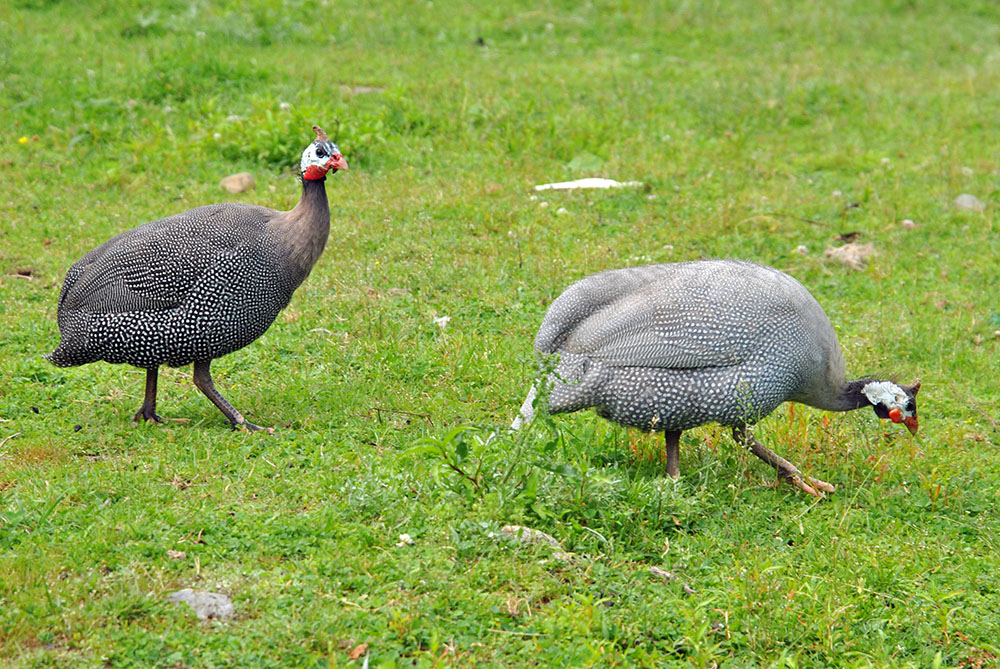
Guineafowl on Fawn “Tarma” Richardson’s hobby farm in Greenfield, Maine. | Photo by Sam Schipani ![]()
Muscovy and ducklings on Fawn “Tarma” Richardson’s hobby farm in Greenfield, Maine. | Photo by Sam Schipani 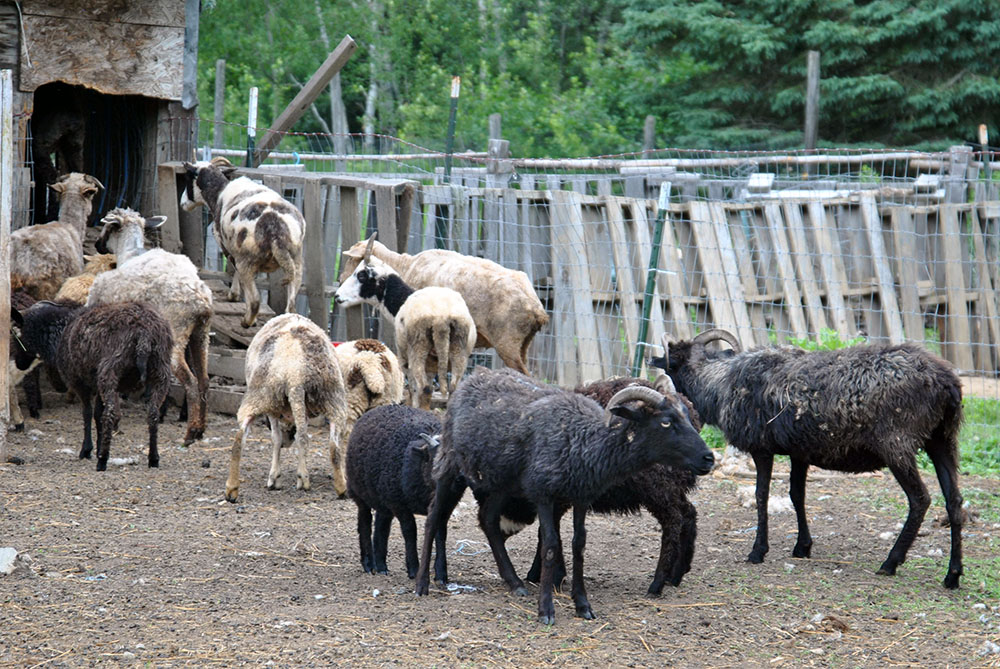
Jacob and Navajo-Churro sheep on Fawn “Tarma” Richardson’s hobby farm in Greenfield, Maine. | Photo by Sam Schipani ![]()
Geese on Fawn “Tarma” Richardson’s hobby farm in Greenfield, Maine. | Photo by Sam Schipani
Over the past four years, Richardson has accumulated a number of animals on her hobby farm: two Appaloosa horses (which she bought in 2005 and moved cross-country with her from Arizona), guinea fowl, geese, Muscovy, rabbits, a pot-bellied pig, turkey and barn cats that drift in and out, just to name a few. Richardson also has a few heritage breeds on her hobby farm, including two Scottish Highland cattle that she added to the farm two years ago.
“[Scottish Highland cattle] are more like dogs,” she gushed. “I call them my Snuffaluffagus without the trunk. With the emu, we have Big Bird. Now you know the way to Sesame Street.”
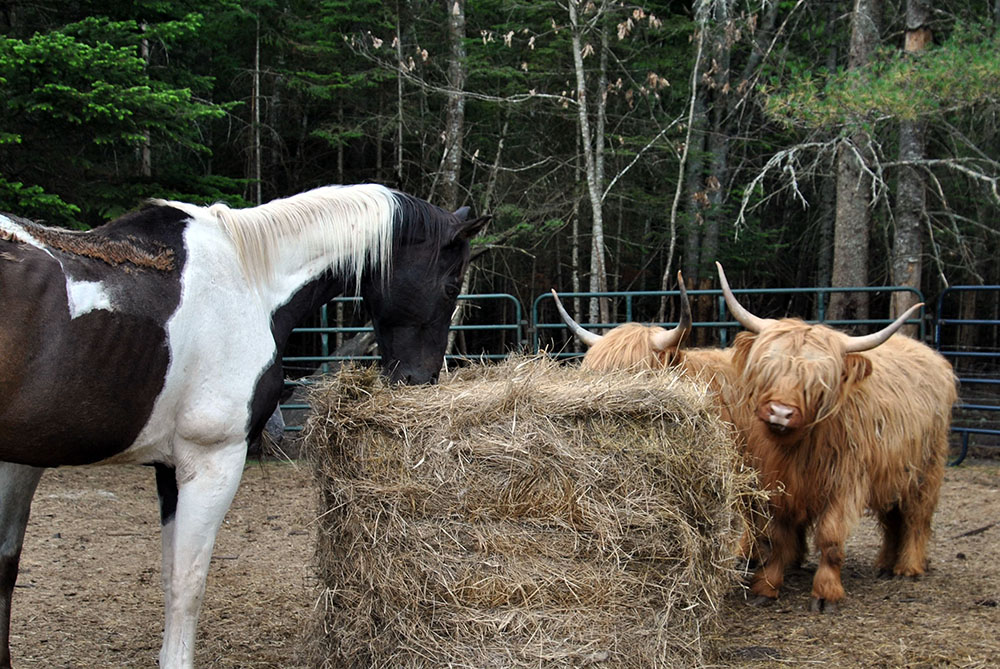
About a year ago, she decided she would stay for good.
Bringing passion to hobby farm life
As with any other hobby, finding your passion is important in hobby farm life. Richardson’s passion is breeding, specifically shepherding dogs and the sheep they herd.
“I’m kind of a genetics buff. It’s a hobby of mine,” Richardson said. “It’s like baking in the dark with a two-year-old.”
Richardson’s passion for genetics started during her childhood on the very same land she returned to as an adult.
“I bred ducks for color when lived in Maine as a child, but they were wiped out by a fox,” she chuckled. “Ten years of work, all gone in one night.”
Even before Richardson started her hobby farm in Maine, she bred Kangal Shepherd dogs, a livestock guardian dog with a fluffy sable coat and black muzzle hailing originally from the Sivas Province of Turkey. She bought her first Kangal back in 2011, when she lived in Arizona.
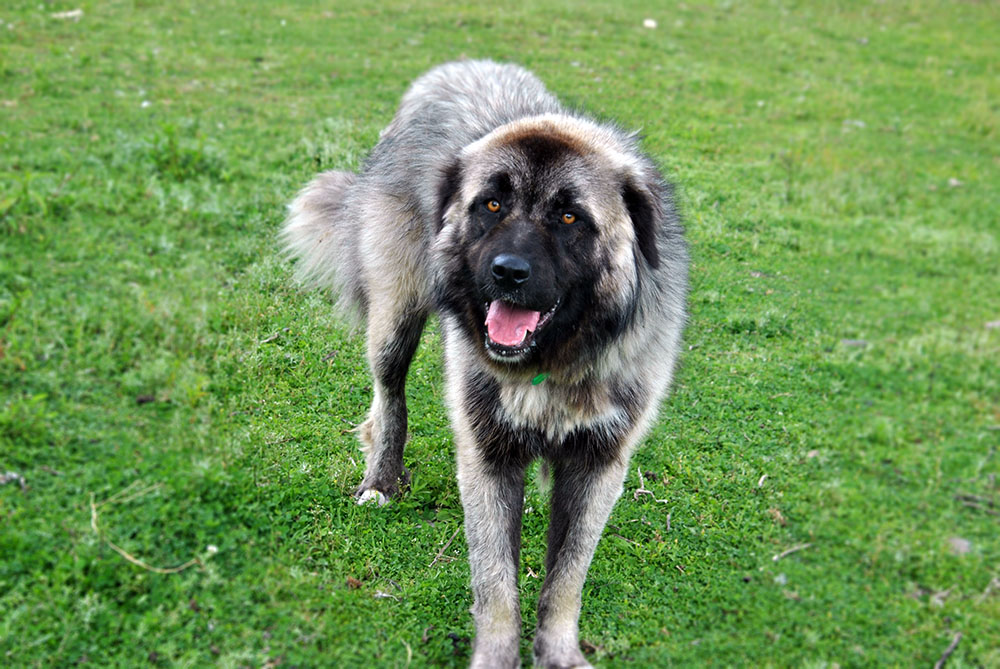
“We have puppies all over the country,” Richardson said. “I run a training group on Facebook [called Farei Kennels] for members who want to work dogs the way we do, in shepherding.”
Though Richardson has been breeding, training and selling Kangals for nearly a decade, she said she has never made a profit from her breeding, just enough money to offset the initial costs.
“If you’re breeding to make money, you’re breeding for the wrong reasons,” Richardson said.
Richardson breeds two different kinds of sheep in order to train her shepherding dogs: Jacob and Navajo-Churro. Not only does she enjoy the unique sheep — though the sheep are small enough to be mistaken for goats, she said they are some of the few breeds where the hides are thick enough to tan — but the heritage breeds are particularly well-suited to her hobby farm life.
“Heritage animals are hardy,” Richardson said. “The sheep will dig in snow for food. That’s an important part of being sustainable.”
In addition to the Kangals that she is training — year-old Sakura is making promising strides in guiding the herd of sheep out of danger, Richardson said — Richardson is also training a young Australian Cattle dog, Cooper, to help round up her wily herd.
Equipped with her training skills, Richardson has also opened her farm as a sanctuary for the rehabilitation of dogs that are aggressive to humans — yet another passion project on her hobby farm.

A day in the life of a hobby farmer
Hobby farming can be personally satisfying, but make no mistake: it’s hard work.
“It’s not like a job,” Richardson said. “You don’t clock out.”
Richardson wakes up every morning around 7 a.m. First, she takes the sheep out to graze, which takes about an hour depending on how cooperative they are.
Then, she makes sure all of her animals have food and water. Depending on the heat, she may also replace fencing or do maintenance on some of the coops and buildings around her property.
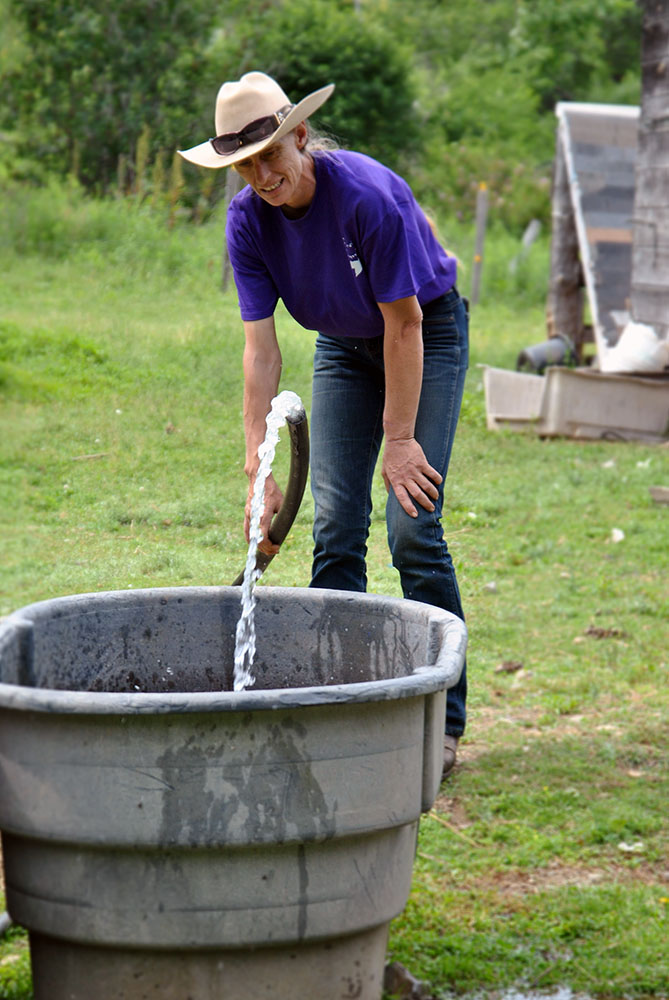
While she is in the field, Richardson constantly answers calls and responds to Facebook messages from farmers and dog owners seeking obedience advice or looking to buy Kangal puppies.
“I always have my phone in my back pocket,” Richardson said. “I can ride a horse with Bluetooth in.”
After that — around 11 a.m. or noon — Richardson will drive to a private dog obedience training.
“I make a small amount of money, but it’s basically just enough to pay travel, gas and time,” Richardson said. “I will drive upwards of an hour.”
After she comes home from a training session, she will bring the sheep back into the corral and give grain to the animals that need extra nutrients. Then, she goes inside to eat a late lunch.
“I try to shove something sustainable into my mouth,” she laughed. “My mom and sister are always getting on me about forgetting to eat.”
Usually, Richardson would get part of her meal from her garden, but this year an injury prevented her from planting on time. She still has hopes for fall planting, though.
Richardson takes a “siesta” around 3 p.m., during the heat of the day. Around 5 p.m., she logs in to start “work work,” as she calls it: trudging through accounting spreadsheets and conducting various IT tasks on her laptop from the comfort of her couch. She works between five and six hours a day, sometimes six days a week, and usually falls asleep around 11 p.m.
Hobby farm life does not rest in the cold Maine winter. Her day ends earlier — it usually starts getting dark by 3 p.m. — and the animals are less active, but daily tasks are more challenging.
“I only do chores once a day, but everything is more difficult. I can’t fix a fence, all I can do is food and water, but the water freezes,” Richardson said. “In the winter, I do everything more slowly with more clothes on. I call it my Michelin Man outfit.”
Luckily, her accounting work picks up at the end of the year.
“Tax season lines up well with the cold season,” she laughed.
Regardless of the season, Richardson said she tries to take Sunday and Monday off.
“I will work occasional Monday, but Sunday is for animals and Minecraft,” Richardson said. “It’s a tradition.”
Advice for hobby farm life
After half a decade devoted to her Maine hobby farm, Richardson has a few words of advice for aspiring hobby farmers. First, consider the space you have available.
“Hobby farmers really have to do what [their] space allows,” she said. “You can farm in any situation, but if you have half-an-acre, [for example,] stay away from goats and sheep.”
Even if you have a lot of land, start small. Starting small will help you better manage the seemingly near-constant demands of hobby farming.
“It’s kind of like having kids,” Richardson said. “That’s part of the reason why starting smaller is a lot better.”
Starting small will also help you manage your budget.
“Even if you get 200 pounds of feed a week, even if you got the most expensive feed, that’s about $75 a week,” Richardson said. “That’s why you should start small.”
Dabble cheaply to figure out what where your passion lies.
“If you’re trying it out, it doesn’t matter what you get,” Richardson said. “You could get a Nigerian Dwarf [goat] and it will give you an idea of whether you like goats. Go small and inexpensive.”
Treating livestock as farm animals and not pets, Richardson said, will also help you stick to a budget.
“It’s a different mindset,” Richardson said. “They don’t need heated coops and trays. They’re not a chihuahua. If you go to a pet store to get ducks and ask, ‘What do I need?,’ you’ll walk out having paid $100.”
The temperament of the animals you select also matters on hobby farms more than larger-scale for-profit operations.
“Do you realize how much damage those cows could do if they were mean,” Richardson laughed, gesturing to her Scottish Highland cattle. “We choose to have animals that are a pleasure to interact with, and the interaction enriches the animals.”
When it comes to your “work-work,” telecommuting is great, but Richardson said it is most important to find a job with fixed hours, particularly one that lets you work at night.
“It’s easier if you have a set schedule,” Richardson said. “Animals are very schedule-oriented. I would look for an evening job, so you can do all the farm stuff in the morning and go to work. If you work 9-to-5, you don’t have daylight to do anything.”
Because hobby farming is not a profit-oriented operation, building a community — whether it is the company of family, or an online community — is tantamount to making it worthwhile.
“When you have a group together, everybody does something and shares in activities,” Richardson said. “It’s for the good of the group. We’re losing that in society nowadays.”
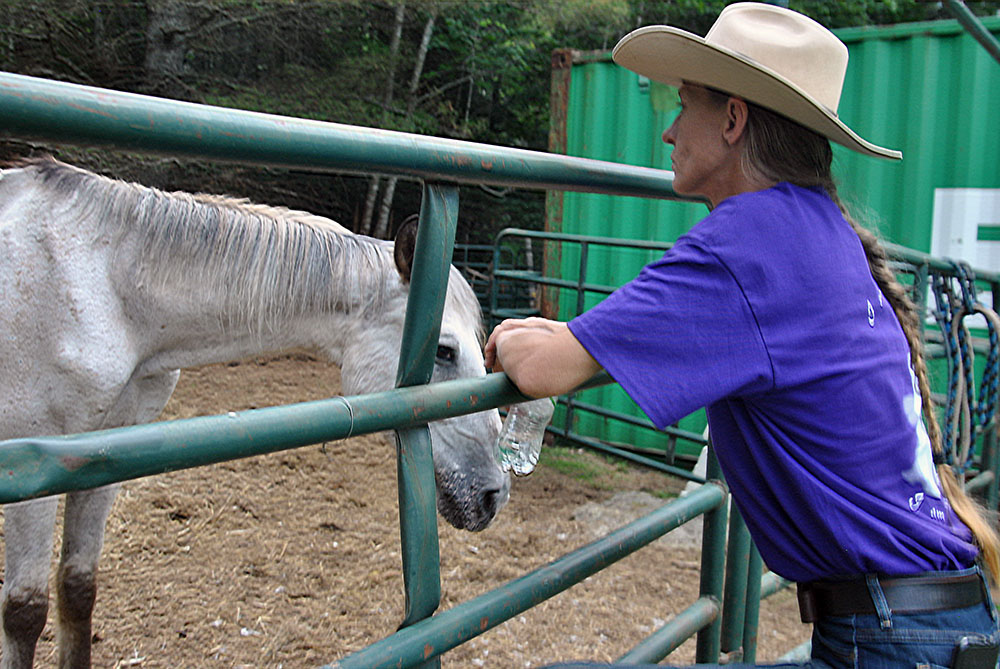
When done well, hobby farm life can be both sustainable and satisfying.
“I think you do a better job on a hobby farm in terms of sustainability,” Richardson said. “The only way to make money off of a farm is [through] production. This is only for ourselves.”


